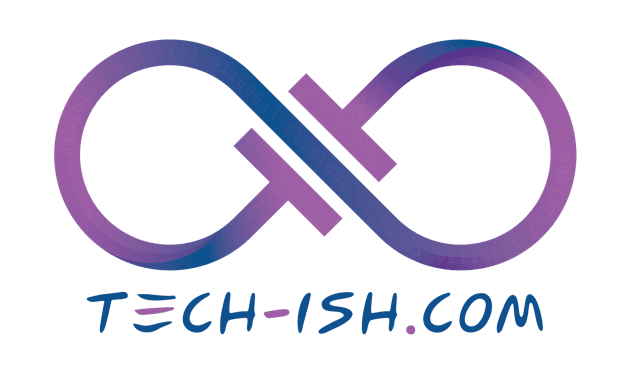
The 9th edition of the Global Labour Resilience Index (GLRI), a collaborative effort by Whiteshield and Google Cloud, was unveiled during the World Economic Forum (WEF) Annual Meeting in Davos. This detailed report, built on a decade of research and data from over 70 indicators, assesses how 118 nations adapt their labor markets to external shocks like the rise of artificial intelligence (AI). While nations such as the United States and Singapore lead in AI readiness, many countries are at risk of falling behind.
The report was presented at an exclusive event titled “The Transformative Impact of AI on Global Economies & Labour Markets” and chaired by Nobel Laureate Sir Christopher Pissarides, with Anna Koivuniemi, Head of Google DeepMind Impact Accelerator. The session featured insights from over 50 senior policymakers, CEOs, and academics.
Key Findings of the GLRI Report
Leading Nations in AI-Driven Resilience
The GLRI ranked the United States and Singapore as the top nations for labor market resilience, attributing their success to strong entrepreneurial ecosystems, flexible labor policies, and leadership in AI innovation. Sweden followed closely, with investments in education and research and development (R&D) reinforcing its resilience.
Other notable findings include:
- The United States accounts for 60% of global AI investments in the past decade and houses a quarter of the world’s AI startups. States like California, Massachusetts, and Washington were identified as leaders.
- South Asia and MENA advancements: Countries like India, the UAE, and Saudi Arabia are rapidly benefiting from strategic AI investments.
Despite the successes, rising inequality—both between and within countries—remains a significant challenge, exacerbated by AI’s uneven adoption and its potential for workforce displacement.
Challenges and Opportunities of AI Integration
AI’s transformative potential in the labor market includes the creation of new professions like AI data architects, human-AI interaction designers, and AI ethics officers. However, the technology also raises concerns about job insecurity, wage inequality, and displacement of traditional roles.
Proactive and forward-looking policies are critical to ensure labor markets remain adaptable and inclusive, enabling equitable distribution of AI benefits.
Regional Insights
Europe: High Resilience with Significant Disparities
Europe dominated the rankings, with six of the top ten nations globally. Northern and Western European nations generally outperformed their Eastern and Southern counterparts.
- Germany ranked 5th globally, excelling in AI integration.
- Moldova, at 113th, lagged significantly, highlighting stark regional disparities.
Europe leads in adaptive resilience, especially in AI regulation and entrepreneurship. However, nearly one-third of European nations struggle with transformative capacity.
Sub-Saharan Africa: Untapped Potential
Sub-Saharan Africa ranked lowest in labor market resilience, with 12 of the 20 lowest-performing countries globally. Structural challenges in education, inclusivity, and policy hinder progress. However, the region’s young and rapidly growing population offers untapped potential for an AI-driven leap. Countries with the highest demographic potential include Nigeria and Ethiopia.
Middle East and North Africa: Mixed Performance
The MENA region ranked fourth globally, with significant differences between GCC and non-GCC countries. While Gulf Cooperation Council nations excel in AI-related metrics, challenges in entrepreneurship and adaptive resilience persist. Despite these gaps, over half of MENA nations rank in the top 50 globally for transformative capacity.
Asia-Pacific: Balanced Growth
The Asia-Pacific region maintained its third-place position, driven by leaders like Singapore, China, and South Korea.
- Singapore ranked 2nd globally, excelling in governance, business environment, and AI entrepreneurship.
- China leads in firm-level AI adoption and equipment capacity but scores lower in governance.
- Australia and New Zealand benefit from traditional economic strengths, bolstering their rankings.
Pathways to Labor Market Resilience
The report identified three distinct approaches for building resilience:
- Traditional Pathway: Countries like Sweden and the Netherlands focus on robust social safety nets and stable economic policies.
- AI and Innovation-Driven Pathway: The United States exemplifies this model with a dynamic entrepreneurial environment and high R&D investment.
- Blended Pathway: Singapore combines traditional governance strengths with strategic investments in AI.
The GLRI emphasized a transition from generalized to personalized, data-driven policies, leveraging technologies like blockchain, IoT, and advanced analytics to enhance the labor lifecycle from education to lifelong learning.
Voices from Industry Leaders
Karan Bhatia, Google’s Global Head of Government Affairs & Public Policy, remarked,
“As AI reshapes the global workforce, the GLRI offers a roadmap for countries to navigate this new era. It highlights pathways for inclusive, forward-looking policies that will not only address the challenges of automation but also harness the potential of AI to create opportunities for all.”
Sir Christopher Pissarides added,
“This year’s report provides actionable insights to address the challenges of technological disruption, economic inequalities, and global crises, ensuring inclusive and sustainable economic growth.”
Call to Action: Building Resilient Labor Markets
The GLRI concluded with a strong call to action, urging policymakers to embrace AI-driven strategies and invest in digital infrastructure and literacy. The report outlined the risks of inaction, including growing inequality and missed opportunities for sustainable growth. The need for proactive measures is more urgent than ever.
Discover more from Techish Kenya
Subscribe to get the latest posts sent to your email.







